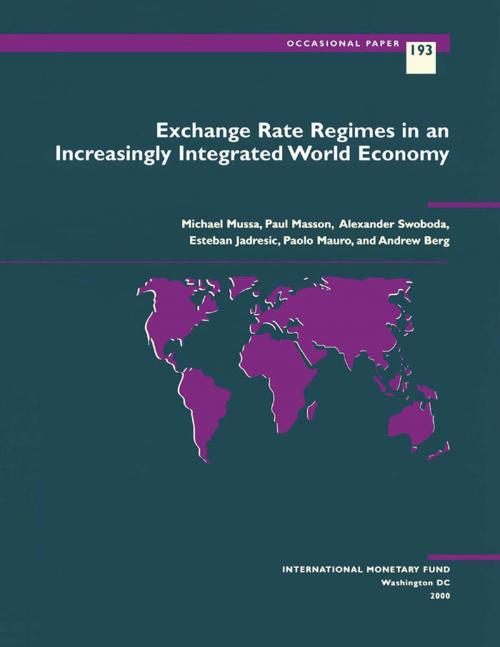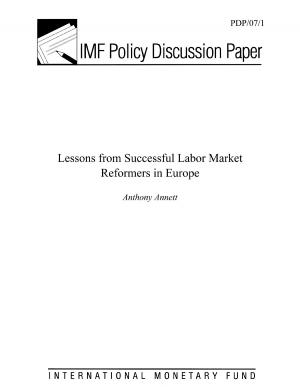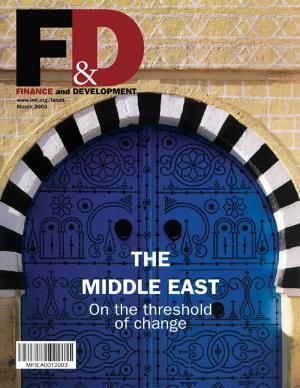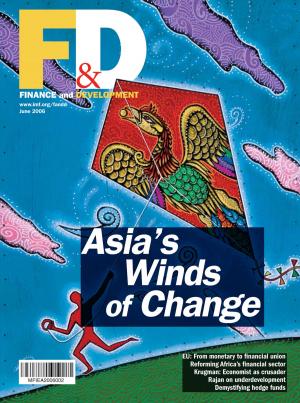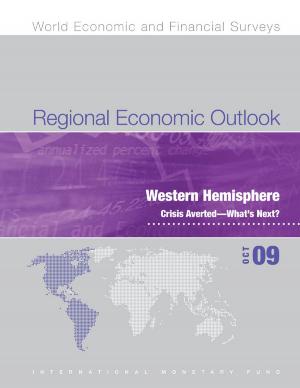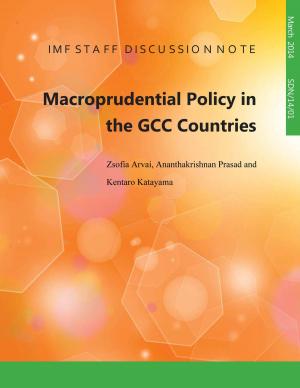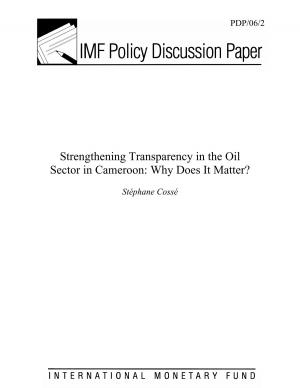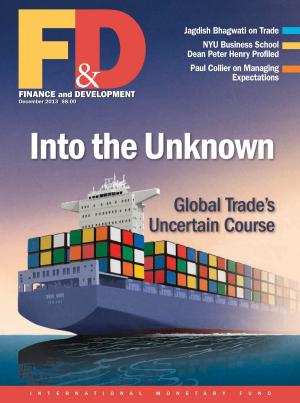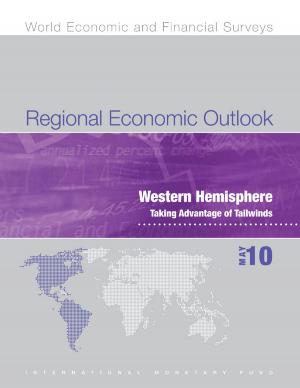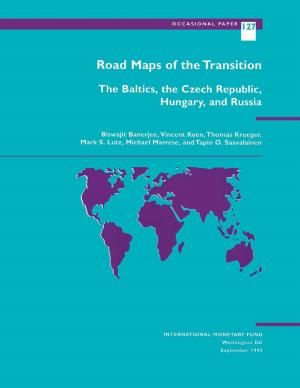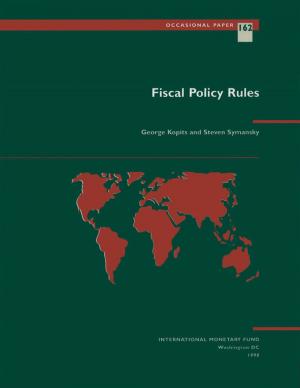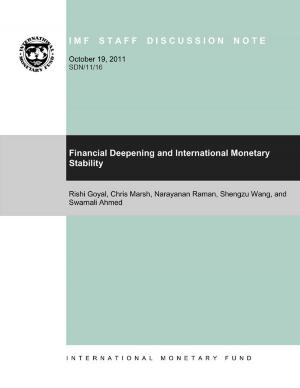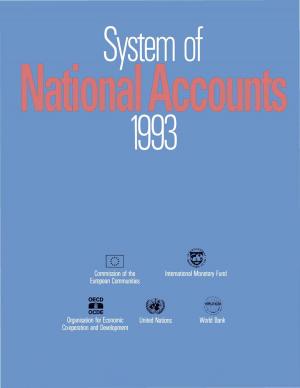Exchange Rate Regimes in an Increasingly Integrated World Economy
Business & Finance, Economics, Public Finance, Finance & Investing, Banks & Banking, Macroeconomics| Author: | Andrew Mr. Berg, Paolo Mr. Mauro, Michael Mr. Mussa, Alexander Mr. Swoboda, Esteban Mr. Jadresic, Paul Mr. Masson | ISBN: | 9781452713663 |
| Publisher: | INTERNATIONAL MONETARY FUND | Publication: | August 10, 2000 |
| Imprint: | INTERNATIONAL MONETARY FUND | Language: | English |
| Author: | Andrew Mr. Berg, Paolo Mr. Mauro, Michael Mr. Mussa, Alexander Mr. Swoboda, Esteban Mr. Jadresic, Paul Mr. Masson |
| ISBN: | 9781452713663 |
| Publisher: | INTERNATIONAL MONETARY FUND |
| Publication: | August 10, 2000 |
| Imprint: | INTERNATIONAL MONETARY FUND |
| Language: | English |
This paper examines the consequences of heightened capital mobility and of the integration of developing economies in increasingly globalized markets for the exchange rate regimes of the industrial, developing, and transition economies. It builds upon previous studies by IMF staff on various aspects of the exchange rate arrangements of member countries, consistent with the IMF's role of surveillance over its members' exchange rate policies.
This paper examines the consequences of heightened capital mobility and of the integration of developing economies in increasingly globalized markets for the exchange rate regimes of the industrial, developing, and transition economies. It builds upon previous studies by IMF staff on various aspects of the exchange rate arrangements of member countries, consistent with the IMF's role of surveillance over its members' exchange rate policies.
